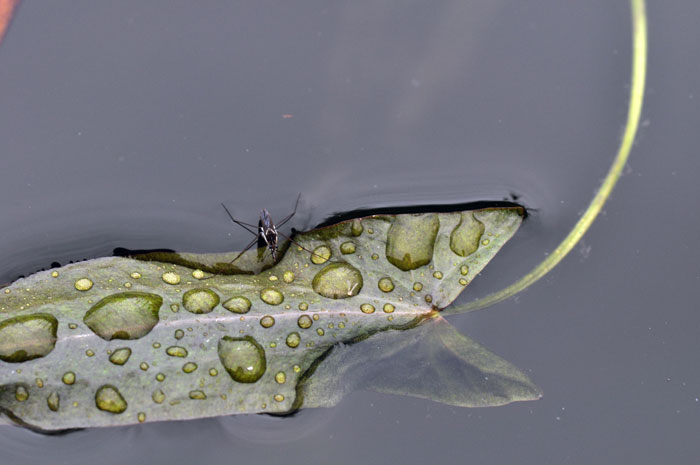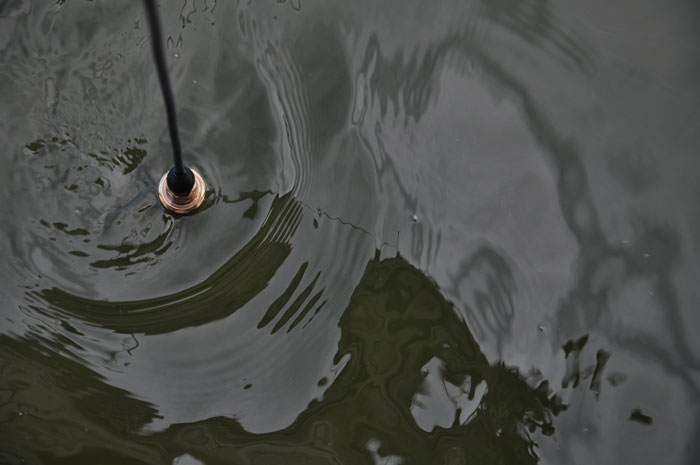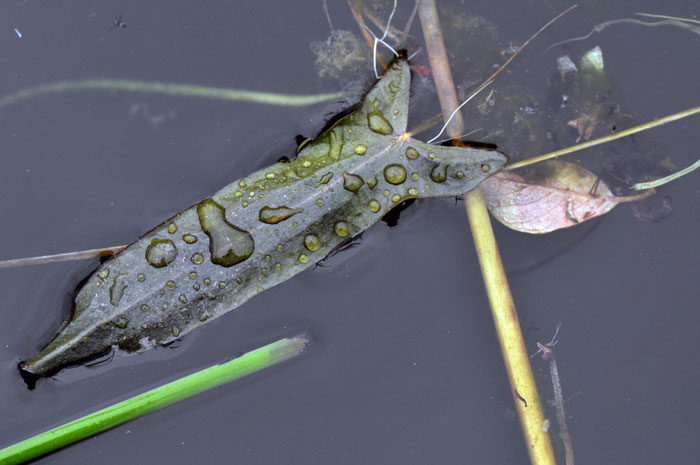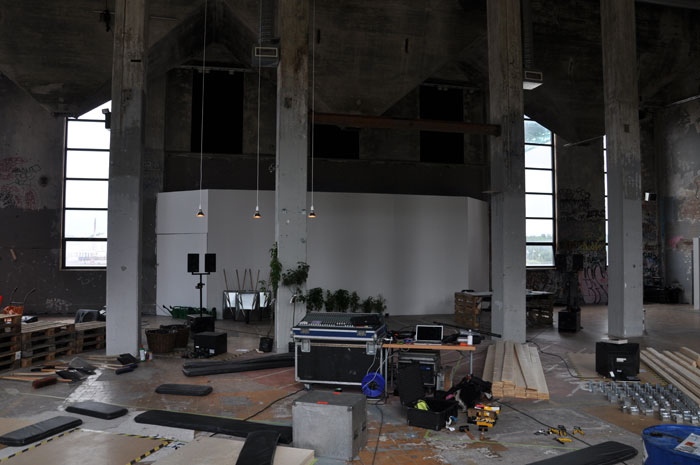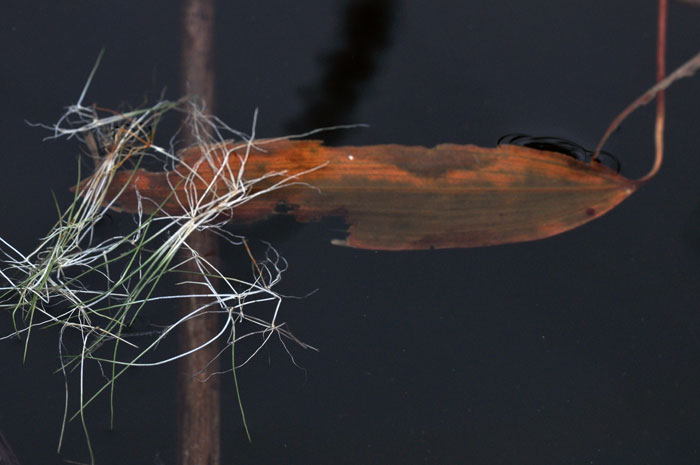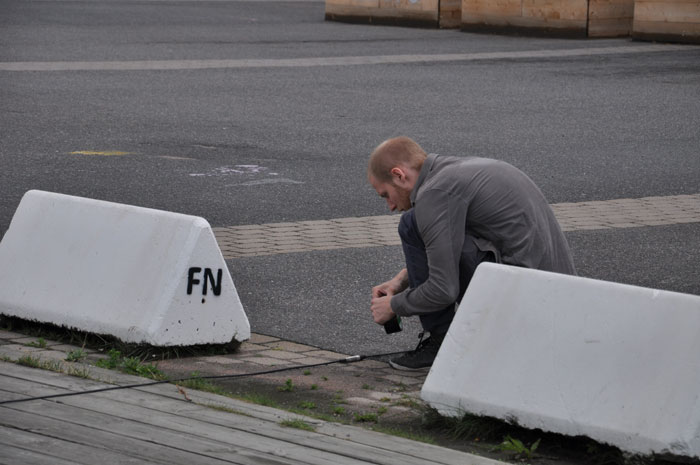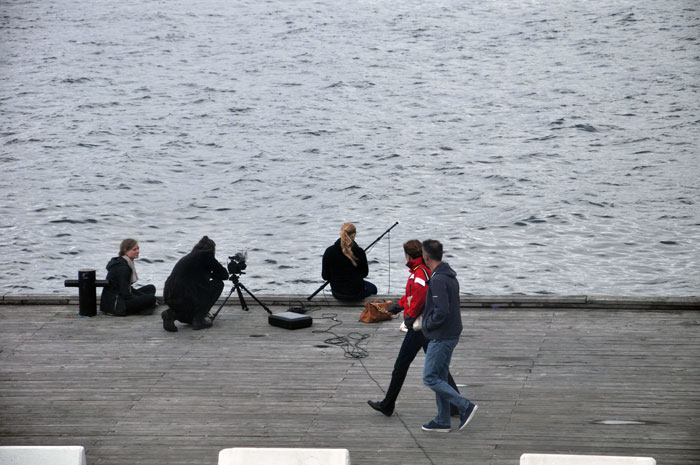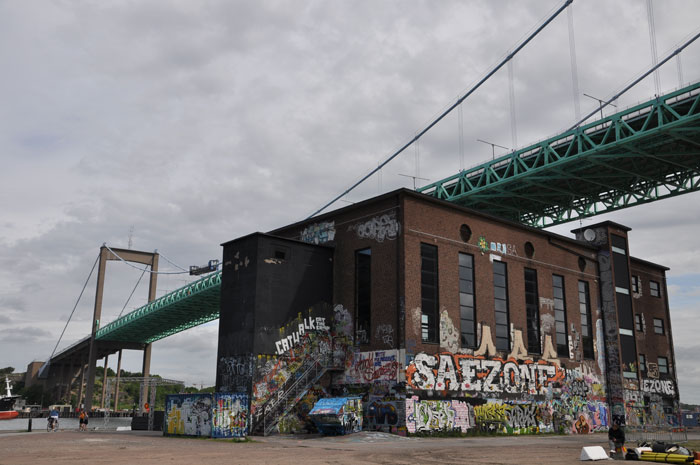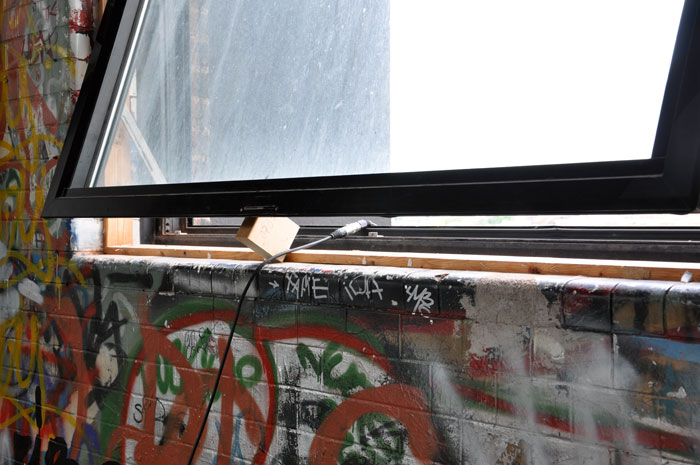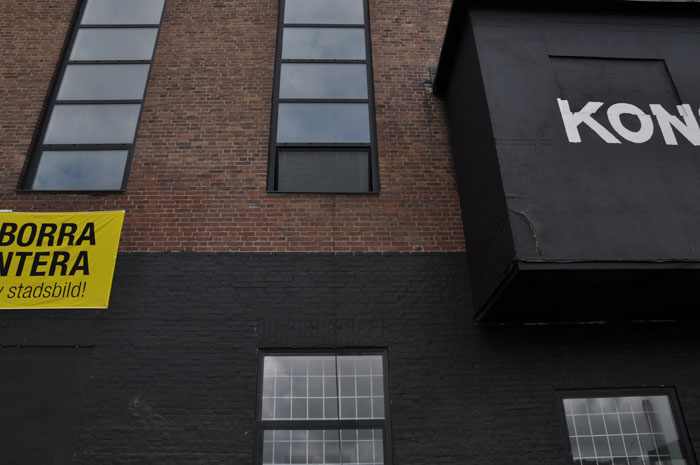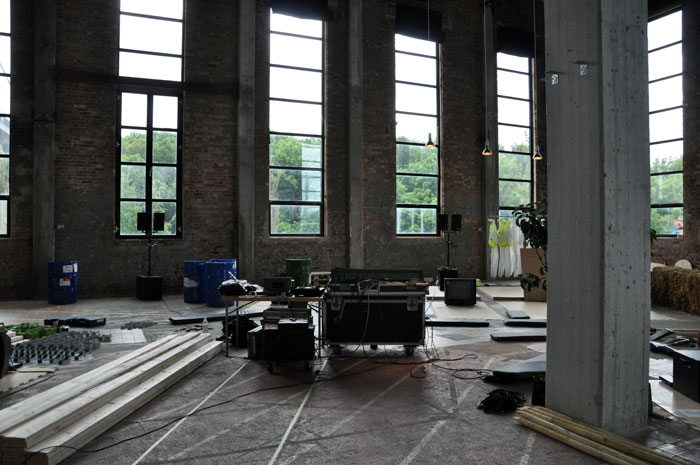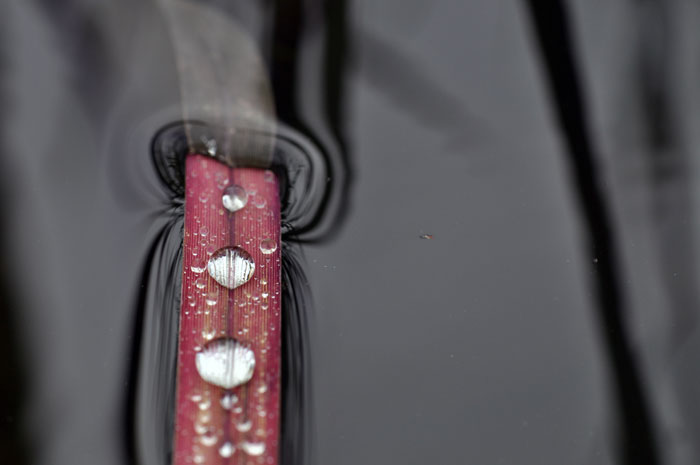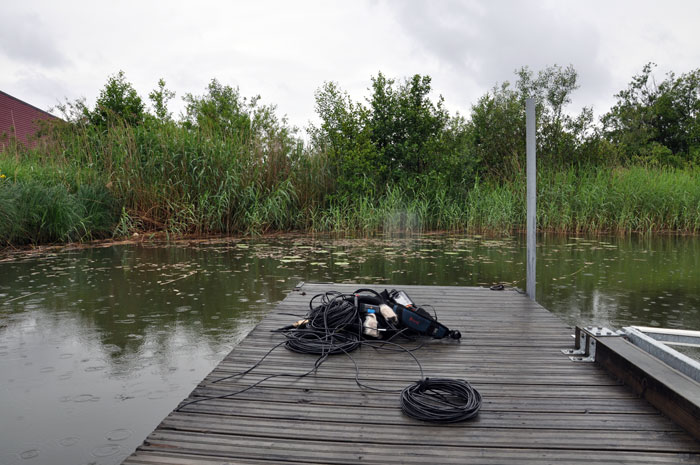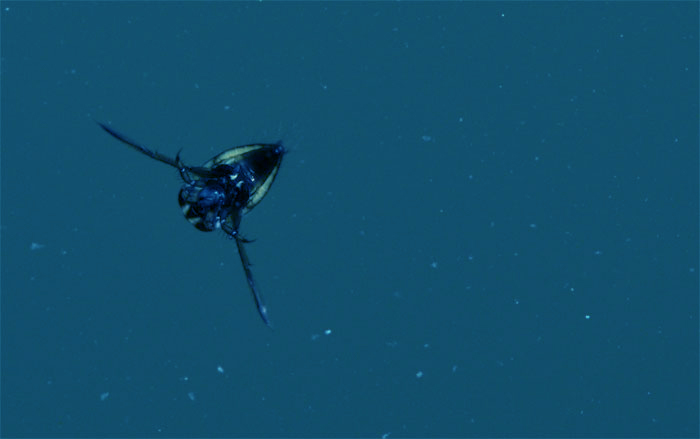Gøteborg Bienalen, Sweden, 10 September 2011
28 August 2011
Jana is participating in the Göteborg International Biennial for Contemporary Art opening the 10th September 2011 with the piece "Survivors of the Waterworld - measuring pollution by sound". The piece was performed live during the City Excavations on 19th June 2011.
The installation during the Biennial is based on the live performance. Text for the piece below.
Survivors of the Water World - Measuring Pollution by Sound in the River Göta Elv.
Akerselva, the river running through Oslo, was recently polluted with 6000 litres of chlorine by the council waterworks. All life was erased/killed. There will be no sound made by living creatures in the river for a long time.
By listening with very sensitive hydrophones I suggest you can measure pollution levels in a river. Certain insects can survive certain pollutants, different types of insects and other invertebrates have different tolerances to pollution and they make different sounds. If an organic pollutant is present bacteria will be in abundance and will consume the oxygen in the river. First, the more sensitive invertebrates and fish will die later and so also the more tolerant fresh water shrimp, blood worms or spices like rat-tailed bloodworms. If high concentrations of inorganic pollution such as the chlorine spill in Oslo is poured into to the river, all life will die immediately.
If an insect or invertebrate with a high tolerance to pollution is the one whose sounds you hear the most, then pollution is present, since the others less tolerant of this pollution are dead.
By listening to the whole acoustic environment of a specific river, in this case the Göta elv which runs through Göteborg city centre, you can listen to the health and well-being of the river and its inhabitants. By returning to a river, lake or area of the ocean over time you can also record the variations of the sound environment in the specific site which will tell you about the life and the variation of life in the specific area.
Sound pollution is also a problem in rivers and the oceans, it leads to orientation and communication problems for not just the mammals of the oceans, but also invertebrates, larvae of fish and fish themselves.
In 2010 I was part of a project called Rivers at the AV festival in Newcastle where I followed the river Coquet from the source to the mouth. In this context I got to know scientists working with the rivers in Northumberland and in Newcastle. They are investigating the conditions of the river using techniques such as counting the number of different species of insects and invertebrates; whichever are the more dominant can tell you about the pollution in the river. Different insects make different sounds as I found for example in river and lake recordings I did in Russia in the Kaliningrad area in 2009. My hydrophones are so sensitive they can record insects moving on a leaf in the surface, or the very small sounds that the different insects and invertebrates make in the water itself.
The performance consisted of a live feed from the river Göta Elv outside the Röda Sten and with prerecorded sounds from the length of the river, especially the water insects played back on a 4 + 1 speaker system surrounding the audience.
The sounds were recorded with 1 TC 4032 Reson Hydrophone, 3 DPA hydrophones and 4060 DPA michrophones on to a Sound Devices 477T recorder.

